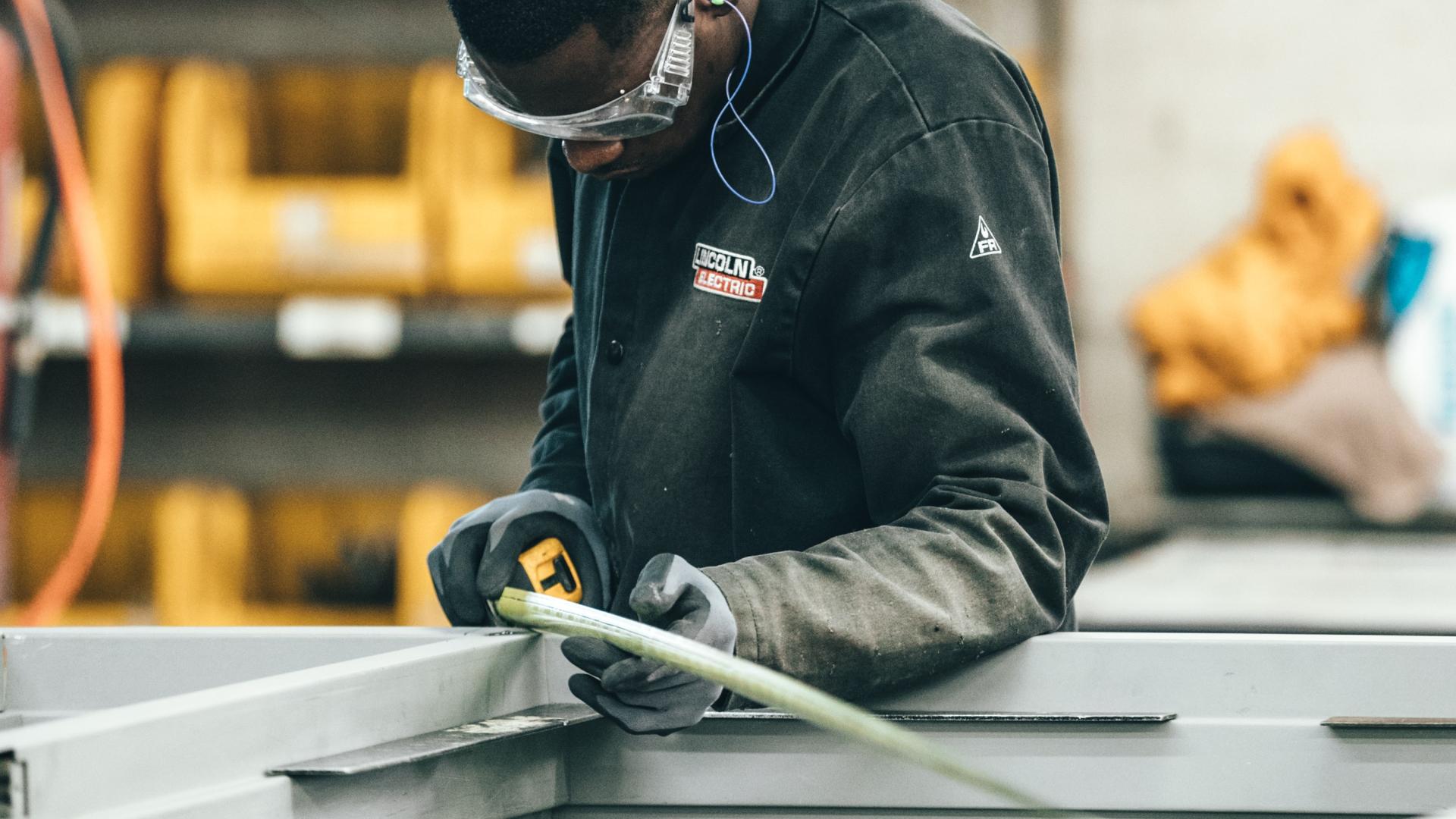We have issued previous advice regarding the various issues surrounding building material supply shortages and inflationary pressure. We have already seen the impact on material costs, but we are aware of increasing pressure on labour costs and consider that an update is required.
Both material and labour costs are affected by the usual market forces – demand and availability. As we reach the end of 2021, demand for both new building and repairs is still very high and resources are harder to source.
There are various agencies and trade bodies commenting on the situation and we have summarised the latest information below.
INFLATIONARY PRESSURES
Materials
Construction materials costs in the UK continue to escalate, reaching a 40 year high based on the annual growth of the BCIS Materials Cost Index. The overall cost of materials in the index rose by around 20.3% in the 12 months to November 2021.
Timber, Steel Sections and Steel for Reinforcement showed annual increases of 79.4%, 60.4% and 80.0% respectively in September. The decision of British Steel to add a temporary £30 per tonne surcharge on the cost of structural steel, due to a rising energy cost, will continue to escalate costs for steel.
In November, BEIS Monthly Statistics of Building Materials and Components reported two of the top three construction materials with the greatest price change in the twelve months to September 2021 were imported sawn or planed wood (+73.3%) and particle board (+65.4%).
Since February 2021, IHS Markit CIPS UK Construction Purchasing Managers Index (PMI) has reported increased prices and supply shortages of bricks. Adding to this, HGV driver shortages and the sharp rises in wholesale energy prices means the situation for brick, block and ceramics is unlikely to improve in the near term with serious repercussions to productivity and critical path, particularly in the residential sector.
The cost of materials in constructing a 3-bedroom semi-detached house has increased by 14% or approximately £7,300 between January and September 2021. It is expected to grow by a further 1% or £600 by the end of this year.
The pressure on materials prices and availability is expected to continue at least until the end of 2022.
Labour
The construction industry has been aware of the shortage of skilled trades for some years and while attempts have been made to increase apprenticeships, the fragmentation of the industry resulting in a large number of self-employed trades and small businesses, has meant that training has not been a priority.
Labour shortages are expected to evolve as the significant driver for overall construction cost increases next year. As well as competition between new build and repair, the construction industry as a whole will need to compete for labour with other industries as they too compete for skills. There has been much publicity around the shortage of HGV drivers for example.
There are no reliable forecasts for labour cost increases in the repair sector but builders typically dealing with repairs are anecdotally reporting increases in wages in the region of 20-25% to attract the trades they need.
If this proves to be the case, we could expect to see overall repair costs rise by around 20% or more, over the next 12 months.
There is also concern that as building businesses become more desperate to employ trades, the quality of those employed on site reduces, ultimately increasing costs.
We further anticipate a reduction in building businesses as they fail or decide they cannot afford to continue due to increased pressure on their cashflow. As their costs increase, their cash position is worsened and unless payments are paid more regularly or faster, they will not be able to afford to operate. A single job could break a business.
WHAT WE CAN DO
We can’t control the market and the cost of material and labour, and the market will have to prepare for some unprecedented repair cost increases. Network contractors are affected by the same dynamics and there are limits to which a previously agreed schedule of rates will control costs. If rates don’t change to reflect actual cost, builders will not be able to operate using the rates.
Our contractor network, Quadrassist, is reviewing its rates at least monthly to ensure they remain competitive but accurate, in response to market pressures.
Tenders will be approached by builders often based on whether they need the work or not. If they are busy, they may price high and given the volatility of material prices, will probably try and allow for the worst case, increasing prices even more.
We are already seeing some tenders priced on labour and plant only with an allowance for materials which is subject to change, purely because builders are so uncertain of material costs and availability.
This volatile market is likely to provide opportunities for the less scrupulous to take advantage of the situation and offer to carry out work at inflated prices. Such behaviour can play on reduced contractor availability.
We are issuing regular briefings to our adjusters, ensuring they are aware of the market situation, and in January 2022 we are hosting a series of workshops focussing on these issues to minimise the impact.
In discussion with clients, we are reviewing our reserving philosophies to allow for these unusual increases in order that we can manage the volatility of costs between the loss and final settlement following repair.
Similarly, we are considering how we can allow for the situation when assessing the buildings value at risk. We are developing a value at risk application to support calculating adequate rebuilding values in the current market.
Alternative repair options and materials are being fully assessed in order to mitigate the overall cost and specifically any potential time delay in effecting repairs in order to reduce any business interruption or other consequential loss such as loss of rent and alternative accommodation.
There is certainly a key role for Insurers and brokers in assisting customers, to ensure that sums insured are maintained at adequate levels in this period of high building inflation.
For further information please contact Nick Turner: n.turner@woodgate-clark.co.uk





